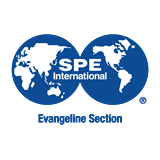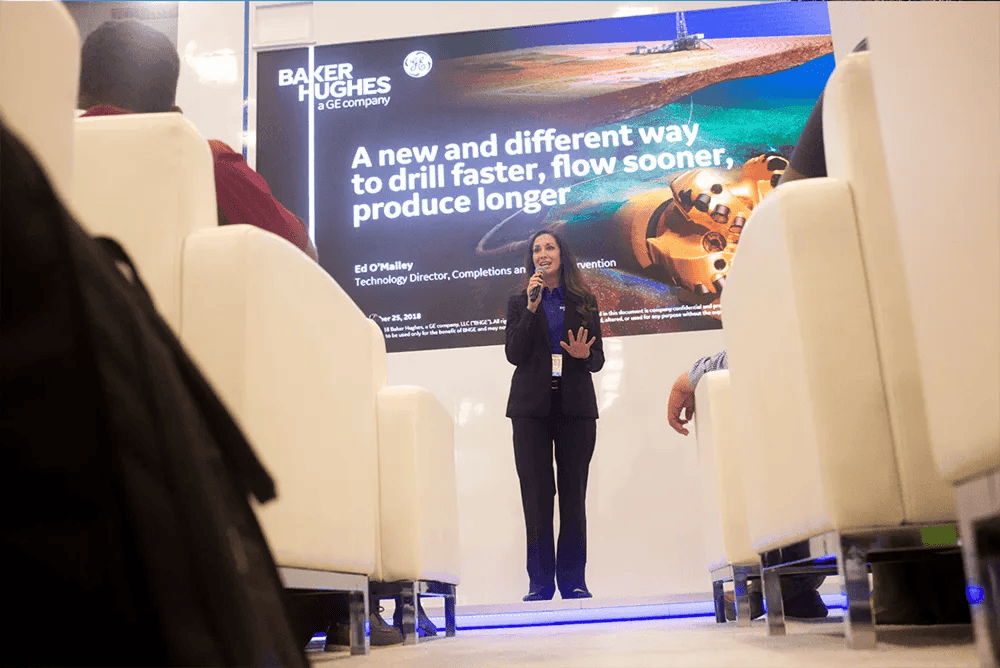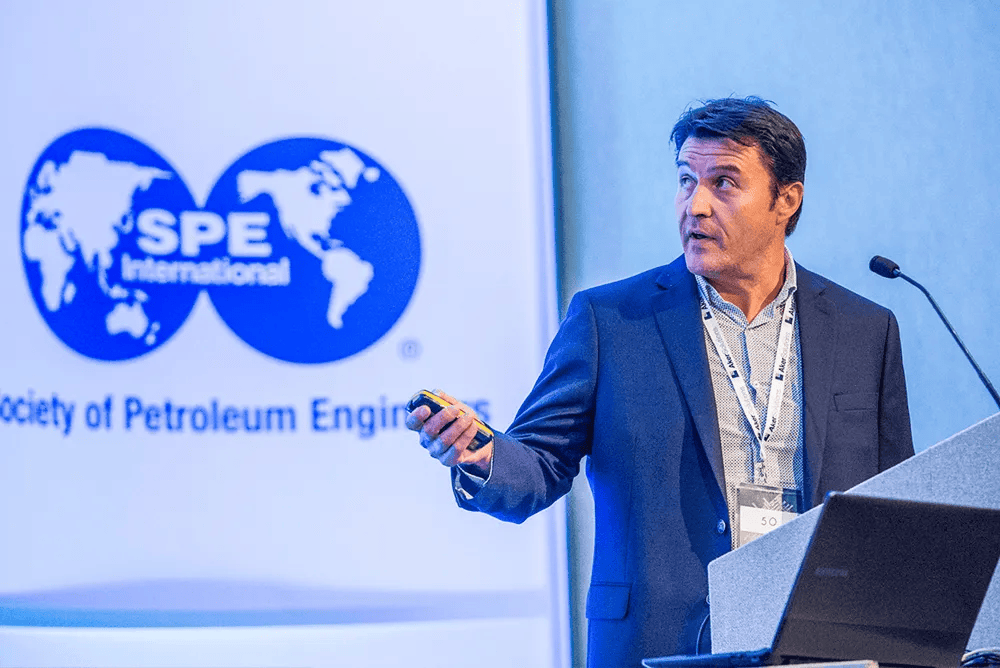We invite you to share your expertise on formation damage by submitting your paper proposal by 8 July 2025.
TECHNICAL TOPICS
Formation and Completion Damage During Well Completions, Stimulation, and Workovers
- Chemical additives
- Clay and iron control
- Damage during perforation
- Fluid losses
- Incompatibility issues between drilling and completion fluids, e.g., scales, sludges
- Near wellbore emulsions, rock/fluid interactions
- Plugging of completions
- Scale and stress corrosion cracking risks of CRA in completion brines
- Surface filtering of fluids
- Super-clean fluids
Formation and Completion Damage During Production and Injection
- Bio-mass, clays, scales, and their sensitivity to reservoir depletion, gas, water shut-off, conformance, and multiphase flow effects
- Geochemistry/chemistry of damaging materials
- Fines migration in injection and production wells
- Flow assurance strategies and technologies
Identifying the Source and Magnitude of Formation Damage
- New developments and field examples of measuring skin
- Damage ratio
- Flow profiles
- Distributed temperature sensing
- Downhole videos
- Advancements in cased-hole logging technology
- Gravel pack and screen damage and screen cleanup evaluation
- Problems related to deepwater production
Damage Characterization in Tight Sands and Shale Reservoirs
- Slickwater stimulation
- Water imbibition in shales
- Wettability
- Additives in slickwater fracturing
- Water block
- Condensate block
- Frac fluid-induced damage
- Naturally fractured shale reservoirs
- Hydraulic fractured shale reservoirs
- Drilling, completion, and production damage characterization
Sand Control and Management
- Gravel packing
- Frac packing
- High-rate water packs
- Stand-alone screens
- Expandable screens
- Sand consolidation
- Compaction
- Transport in horizontal, vertical, and high-angle wells
- Low frac margin open hole gravel pack
- High overbalance cased hole fracpacking
- Zonal isolation
- Fracturing high-permeability sandstones
- Predicting the need for sand control
- Intelligent/smart completions
- Comparative field case studies of various sand management techniques
- Emerging sand management techniques
- Modeling of sand control treatment
Well Stimulation
-
Novel fluids, tools, and techniques
-
Injectors vs. producers
-
Selective/oriented perforating
-
Acidizing and acid fracturing (acid sludge prevention and acid flowback analysis)
-
Acid diversion
-
Hydraulic fracturing and frac packing (frac fluids, proppants, fluid loss additives, closure stress, embedment, tortuosity, perforations, and relative frac/wellbore orientation) in vertical, high-angle and/or horizontal wells
-
Shale fracturing (slick water, crosslinked polymer, hybrid)
-
Optimizing results of perforations-underbalanced, extreme overbalanced, and remedial cleanup
-
Fluid flowback
-
Proppant flowback
-
Fracture mapping (fracture height and half length)
-
Acoustic damage removal (may fit under novel fluids, tools and techniques)
Damage Characterization of Injection Wells
-
Emphasis on technical and environmental/legal aspects of injection
-
Conformance
-
Downhole waste injection
-
Optimizing injectivity in injection and disposal wells
-
Field case studies of sand management techniques in injectors
-
Field case studies or field performances of seawater injectors with sand control
Water Control
- Water control polymers
- Physical plugging of water producing zones
- Physical plugging of thief zones in water injection wells
- Detection of water production profiles in production and injection wells
- Squeeze cementing
- Conformance in high angle and horizontal wellbores
- How to know you need conformance and how to evaluate its effectiveness, a tracer application
New Developments and Field Experiences
- Cavitation completions
- Coiled tubing to remove formation damage, for stimulation and for water production control in vertical, high-angle, and horizontal wellbores
- Damage minimization utilizing underbalanced drilling and MPD techniques
- Produced solids and drill cuttings disposal
- Deepwater completions-prediction and remediation of hydrates, scale, and formation damage problems
- Production optimization of remediated wells
- Formation damage issues in HP/HT wells
- Casing/liner drilling to minimize formation damage
- Water treatment/management for shale fracturing
- Formation damage concerns and remedies relevant to pressure depleted reservoirs
- Well stimulation techniques for enhanced geothermal reservoirs
- Green Stimulation, CO2 fracking, and electrical fracking technologies
- Repurposing oil & gas wells to geothermal wells
- CO2 and hydrogen storage (reservoir as well as well injectivity and productivity damage)
SPE must comply with all applicable sanction laws, including those of the United States and the United Kingdom. This includes screening individuals and entities against applicable lists of restricted parties to determine whether SPE is prohibited from, among other things, providing services to or receiving services from such parties.

Raise
your company’s technical profile at a renowned industry event and have your paper published on OnePetro.org
Additional Information
Paper Proposal Information
Please note that abstract submissions should be formatted into four (4) specific paragraphs:
- Objectives/Scope: Please list the objectives and/or scope of the proposed paper. (25-75 words)
- Methods, Procedures, Process: Briefly explain your overall approach, including your methods, procedures and process. (75-100 words)
- Results, Observations, Conclusions: Please describe the results, observations and conclusions of the proposed paper. (100-200 words)
- Novel/Additive Information: Please explain how this paper will present novel (new) or additive information to the existing body of literature that can be of benefit to and/or add to the state of knowledge in the petroleum industry. (25-75 words)
The following guidelines apply:
- DO NOT include title or author information in your abstract
- Word Minimum: 225
- Word Maximum: 450
ORCiD ID
SPE is adopting ORCiD (Open Researcher and Contributer ID), a widely accepted unique identifier for authors, giving them control over their content and eliminating ambiguities. All SPE authors are encouraged to have an ORCiD.
Anyone can register an ORCiD ID for themselves for free using a simple online registration form on the orcid.org website. The initial process takes less than 2 minutes. Once created SPE members can also add their ORCiD iD to their SPE member profile.
If you already have an ORCiD ID, please add it to your SPE Member/Customer Profile. Login to SPE.org and update your profile today!
General Guidelines
- Obtain the necessary clearance from your management, your partners, and customers BEFORE submission
- Authors whose paper proposals are accepted will be required to provide a manuscript for inclusion in the conference proceedings.
- Authors who do not submit a manuscript and the associated publication forms by the manuscript due date will be withdrawn from the program and will not be allowed to present per SPE’s No Paper, No Podium policy
- If accepted, your paper proposal may be published, as submitted, in conference information media, including on the SPE website.
- An agreement to present a paper at this SPE conference carries an obligation to participate in the event. Please review SPE's Author Guidelines for Papers.




